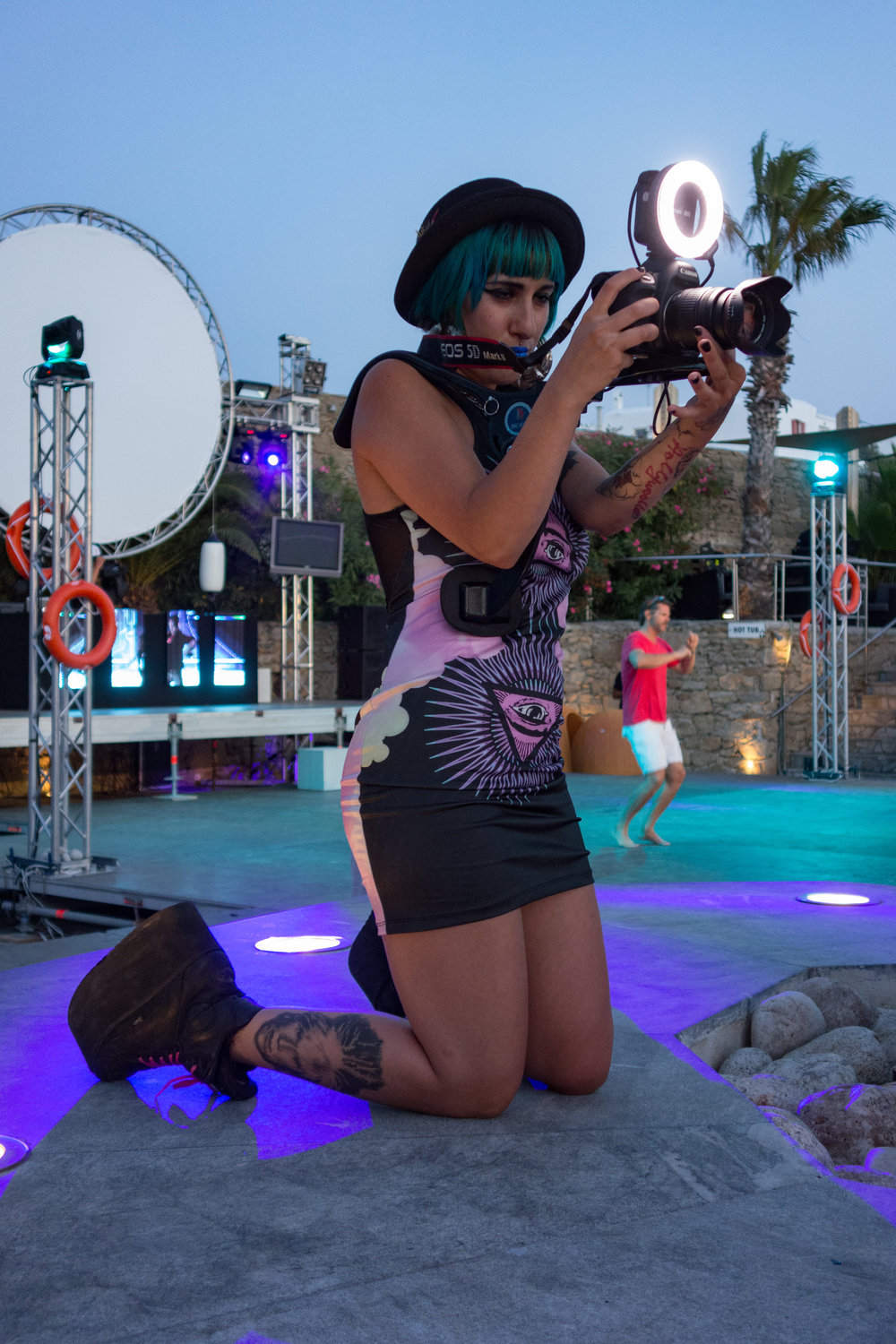
The current Leica range lacks a compact one-inch-sensor camera to compete with the likes of Sony’s RX100. The D-Lux, based on the Panasonic LX100, is too large — although, with its four-thirds sensor it offers higher picture quality. Yet the form factor of the RX100 and Canon’s G7X is just right for portability. Both these cameras slip into the pocket and feel comfortable. The D-Lux, on the other hand, is a Mae West sort of device that signals its presence quite clearly.
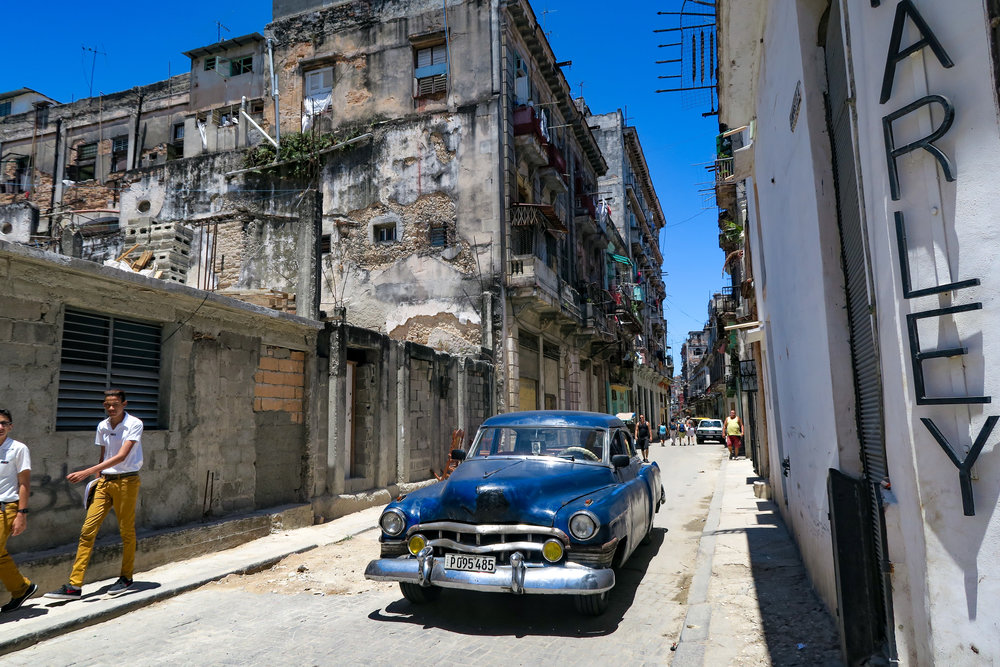
When I saw the new Panasonic LX15 (known as the LX10 in some markets) at Photokina I was interested. Could this be the next Leica compact? It is a very similar camera to the Sony but gives a slicker autofocus performance and an improved touch control. It loses out in not having a viewfinder but in this size of camera I’m not too sure that this is a critical factor. The whole device is so small that the rear screen doubles quite comfortably as an eye-level viewfinder.
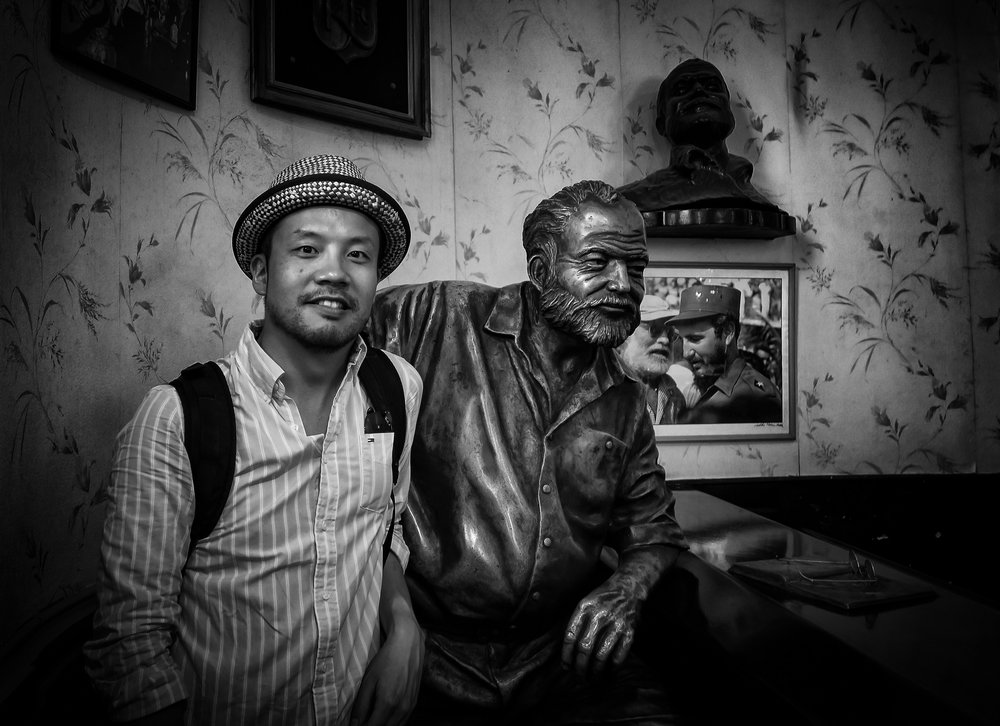
If you are going to carry around a second camera in addition to an M10 or SL, the little Panasonic LX15 (or a Leica version) seems made for the job. It joins the Sony RX100V and the Canon G7X in using a one-inch sensor with 20 Megapixels. The 35mm-equivalent zoom range is from 24-72mm, similar to that of the Sony. The Canon extends the range to 100mm, thus making it more versatile than the other two.

The Panasonic scores with the fastest lens of the bunch — f/1.4-2.8 compared with the f/1.8-2.8 range of the other two. However, when we look at 35mm equivalence, none of these cameras can compare with four-thirds, APS-C or full-frame in terms of narrowness of depth of field. Even at their widest settings, all three cameras have an equivalence of around f/4.8 and rapidly tail off to f/8 by around 30mm. The Canon is actually the best of the bunch, not reaching an f/8 equivalence until 50mm.
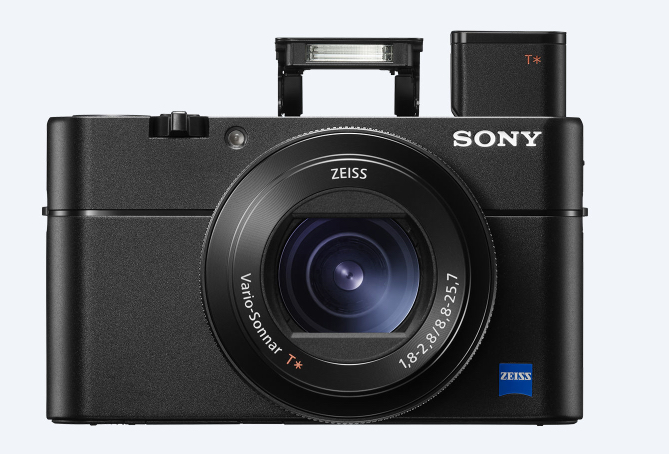
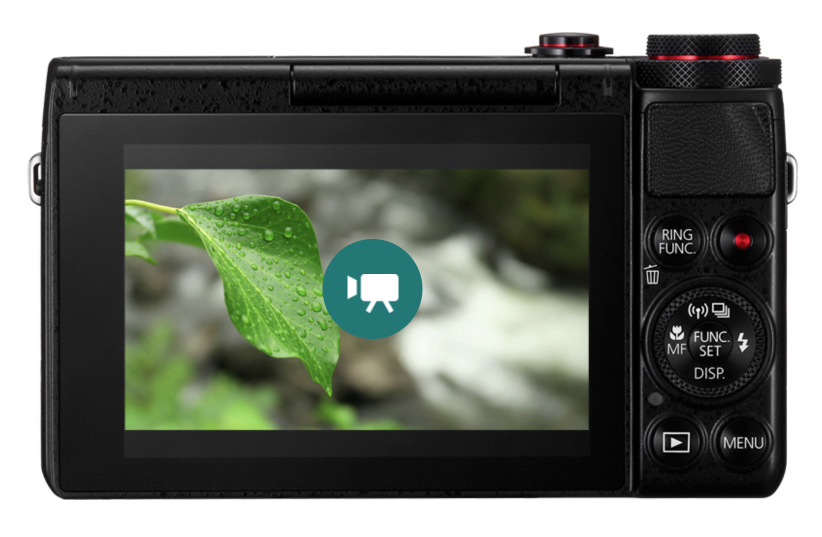
By comparison, the LX15’s bigger brother, the LX100 (Leica D-Lux) has an f/3.5 equivalence at 24mm and levels out to around f/6 after 50mm.
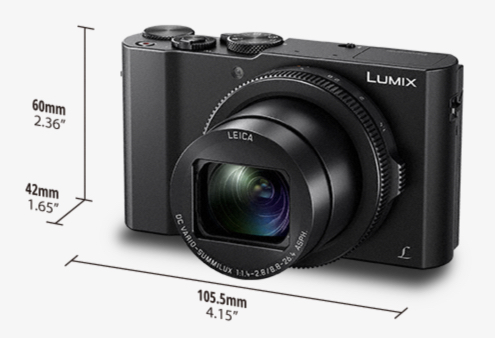
The Sony is slightly smaller (102x58x41) than the Panasonic (105x61x42) and the Canon (106x61x42). When you bear in mind that the Sony also incorporates a pop-up viewfinder it is hard not to see it as the most rounded package.
However, price is a significant factor, with the Sony costing an eye-watering £999 compared with the much more reasonable £599 being asked for the Panasonic. The Canon is even more of a bargain at £529 and, taking into account the bigger zoom range (24-100mm), the Canon makes a very good case for itself.
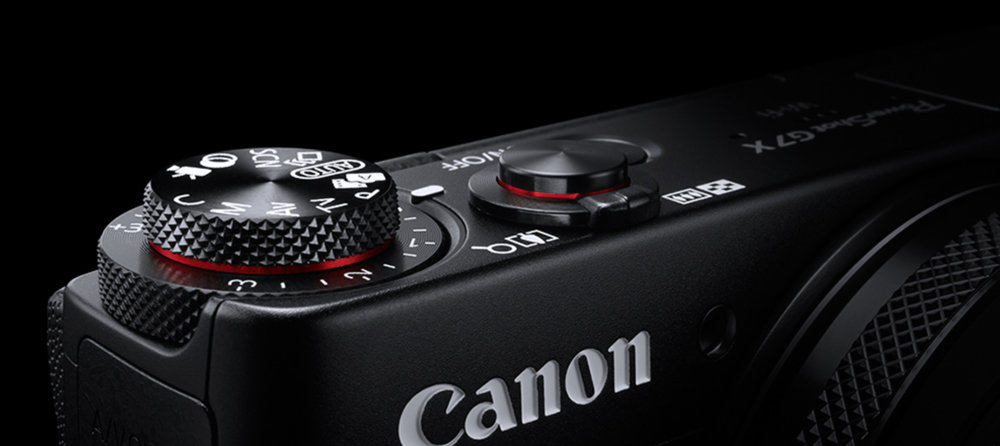
For me, though, the elephant in the room is always the unobtrusive and visually unimpressive Ricoh GR. This camera, which is not that much larger than the Sony, the Canon or the Panasonic, has a much bigger APS-C sensor (although of only 16MP) and will knock the socks off the one-inchers in terms of image quality. It is longer than the one-inch cameras (117x61x35) but, surprisingly, the Ricoh is lighter at 245g than the Sony (300g), Panasonic (310g) or the Canon (319g). It is just as pocketable as the others. If you are happy with a fixed wide-angle 28mm focal length, then look no further than the Ricoh (or the similar but slightly larger Fuji X70) as your ideal pocket camera.
On the other hand, if you want the benefits of a fast zoom lens combined with a very compact body then the choice lies clearly between the RX100V, LX15 and G7X.

Sony has carved out an enviable reputation — and a solid professional following — for the RX100 series. The Canon and Panasonic are relative newcomers but offer a sensible, and cheaper, alternative to the Sony. Frankly, the only compelling advantage in the Sony’s favour is the electronic viewfinder and the £400 premium seems hard to justify.
To me it seems to be a given that Leica is working on a branded version of the LX15, although I have absolutely no inside information. Let’s call it the Leica C-Lux for sake of argument. It is a snapper that I would definitely welcome to complement my more bulky system cameras.
Footnote: The Camera Store shootout between the Sony and Panasonic:
________________
- Subscribe to Macfilos for free updates on articles as they are published. Read more here
- Want to make a comment on this article but having problems? Please read this

It is really interesting that 1" is now king of the compacts. When I bought my D-lux 4 in 2010, I remember being very chuffed that it was 1/1.7 and not the prevailing 1/2.33 ! I took it on a trip to Syria and was wowed by the results – still am, actually. I supplemented it for extra reach with the V-lux 1 with a 1/1.8 sensor and 35-400mm zoom. Same story. Did I ever need to buy anything else for max A4 prints and the occasional A3? Answer: probably not. I broke my loyalty with my first NEX (C3) and was pleased but still enjoyed the actual using of the two Leicas best and they still needed less PP for colour. About a year ago, I was swayed by the 1" movement and bought the RX100 iii (the series had reached 100 v by then, so it was a cheap purchase. Moral: never buy the latest until its successor is out!). This has been an absolute cuckoo in the nest – it even fits snuggly in the D-lux 4 carrying case! It is now the go-to camera of my arsenal every time I don’t really want a camera with me – and other times, too. It is so intelligent on superior auto that I let it do the work while I do the composing. There is a limit, however. The other day I wanted to take some photos of a misty afternoon with shadowy forms against a brightish grey sky. The RX decided to be really helpful, and when I got home, gave me bright blue skies and sat smugly in the corner saying "Just see what I can do!" Now that would never have happened with the D-lux 4 or V-lux 1………………
I think you eloquently make the point I was trying to press home. There is a place for these little 1in-sensor compacts and I think Leica needs one in its range. The problem is that those of us attracted by the idea could well be seduced by the Sony and this could lead to thinking that perhaps an A7 would be better bet for M lenses than an M10 or SL. It’s a
slippery slope. Actually, I had quite a play with Samon’s G7X (first generation) and I am impressed. In some ways (the 100mm zoom for instance) I prefer it to either the Sony or the Panasonic. At the price, I am tempted to buy one.
What I don’t get is rx100 and 100 2,had 28-100 then Sony changed. The best examples I think of are Matt Black Magnum photog series on poverty in America if your readers get a chance look at his B/W on instagram, fascinating.
I am surprised by the statement that the Leica D-Lux is not pocketable; in fact it is. I slip it into my vest or jacket pocket every day. Great combination of a 4/3 sensor, fast zoom lens and small size. A 1" sensor is quite limited in quality in comparison.
Bill, I agree that if you can feel comfortable with the D-Lux in your pocket it is a much better bet all round than a 1in-sensor camera. But the Sony, in particular, has carved an enviable reputation and I believe there is a demand for this size of camera. These are true pocket cameras and even the Ricoh is very easy on the pocket. I suppose it is all about offering a good all-round choice to suit all tastes.